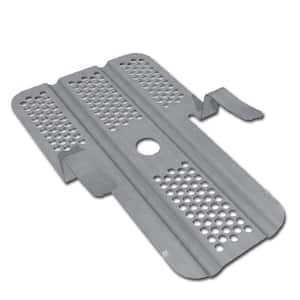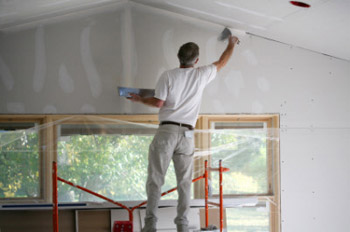There is a catch to drywall repair that everybody ought to know earlier than trying to “do-it-your self” for the primary time. Cover the tape and taper or feather” the sides of the new compound onto the surrounding wall floor (image 5). Drywall compound needs to be utilized in a number of skinny layers as a result of thicker layers are too troublesome to clean out and can ultimately cause cracking. Simply adhere the patch to the wall and canopy with drywall compound. Earlier than you paint a wall it’s important to put together the surface, which inevitably includes patching.
Even a piece of scrap drywall will work, as long as it has straight edges. Sand your patch space easy. Let it dry, then apply more drywall compound, feathering the edges as you go. Like we did for the patches we mentioned earlier, it is going to take a number of coats, as well as a light-weight sanding, between each coat. From the very first contact to the completion of the job, it was a pleasure working with Wall Eye the whole approach by.
Instead get a wider taping knife—a 6-in.-huge putty knife will do—and easily skim the complete space with joint compound. Popped screws and nails sign a difficulty behind the drywall, so it’s good to do extra than simply drive them again into the wall to repair the issue. For holes larger than 6 inches, you will create a drywall patch with a different attachment technique for the restore.
Take a look at our detailed eBook on how you can calculate supplies, install drywall and finish drywall like the professionals. Remove as much drywall as needed till you reach studs beyond each side of the damaged space. Nook bead is used the place two pieces of drywall meet to type a corner. To feather the edge, enhance stress and angle on the drywall knife as you attain the outer edges of the patch space to reduce, or thin, the joint compound on the drywall.
That is one time when it’s useful to have a gap within the wall. Discard the drywall and take away all uncovered drywall nails or screws. Once the compound has dried, sand it smooth earlier than priming and portray. Enable the compound to dry and sand it smooth. If a wall has a large dent or hole, the damaged area must be replaced with a new piece of drywall of an identical thickness.
